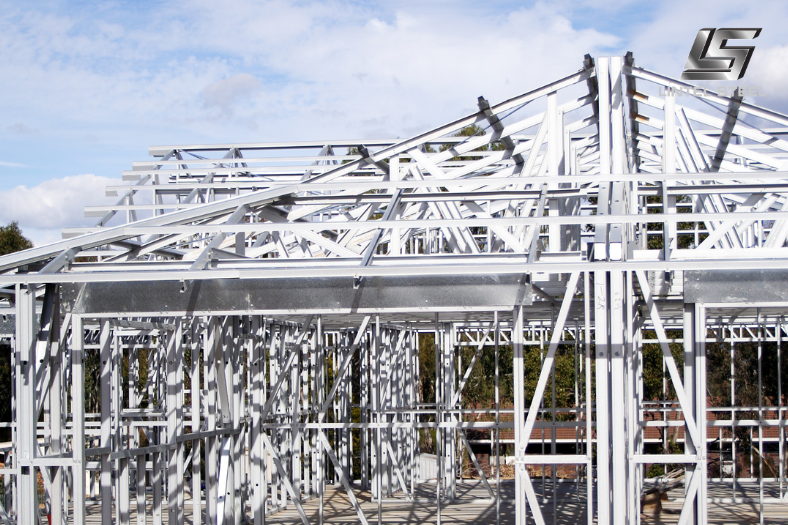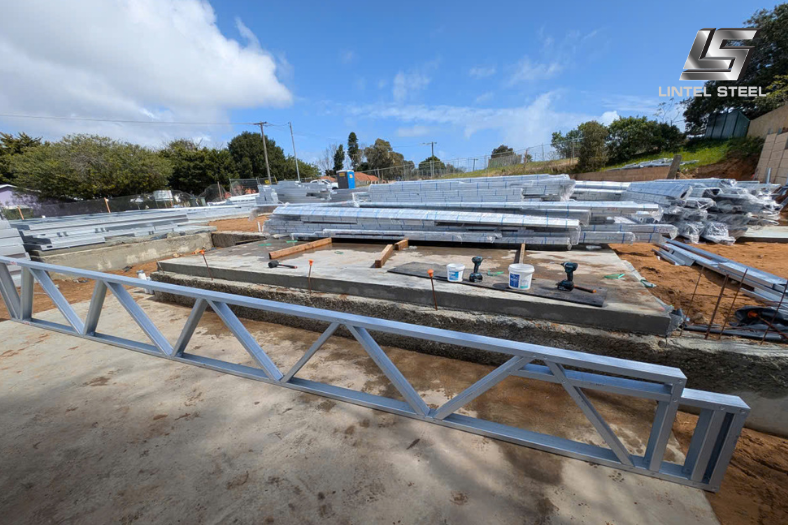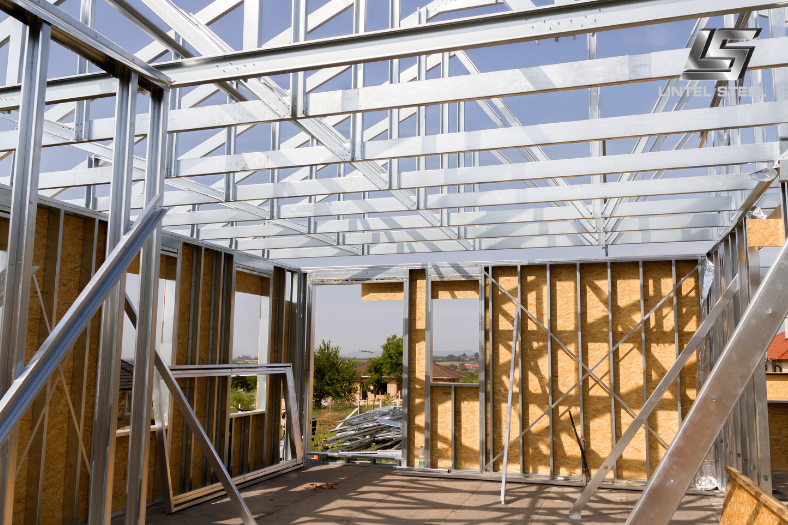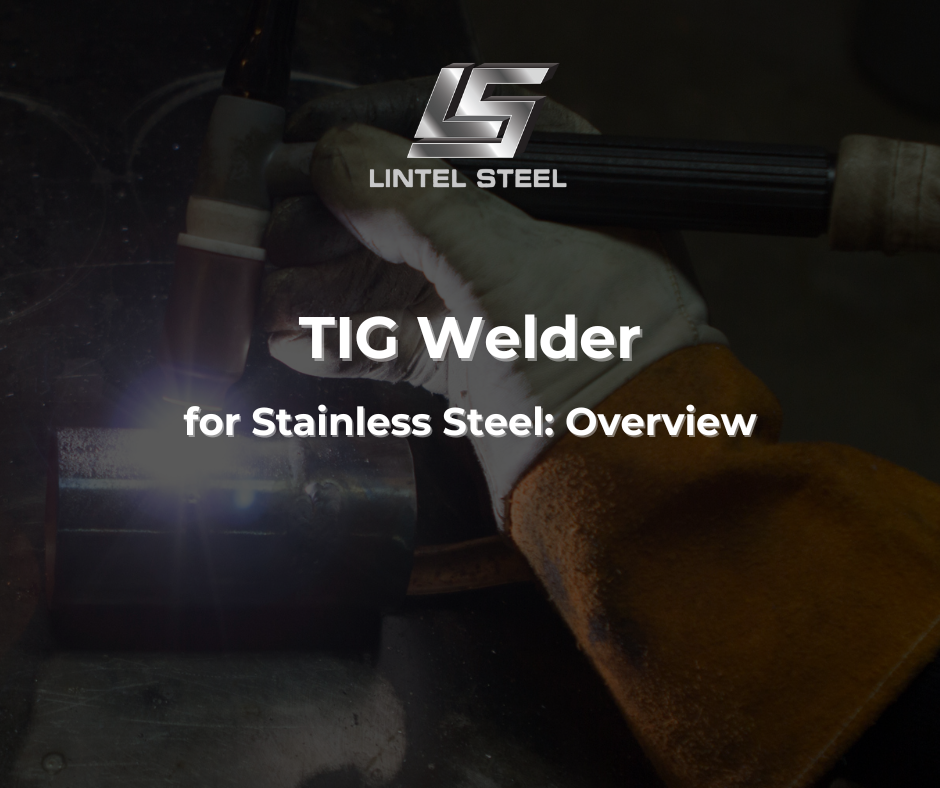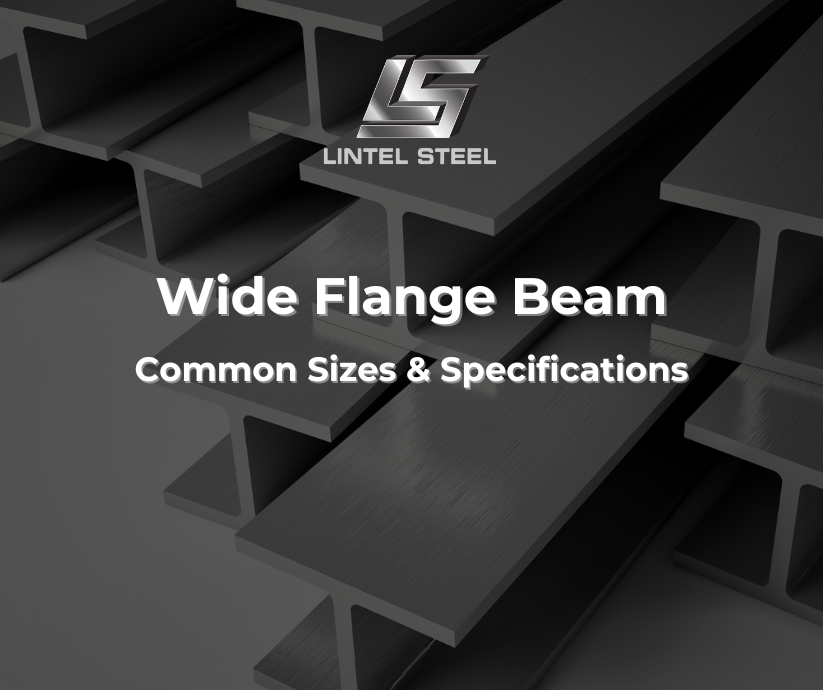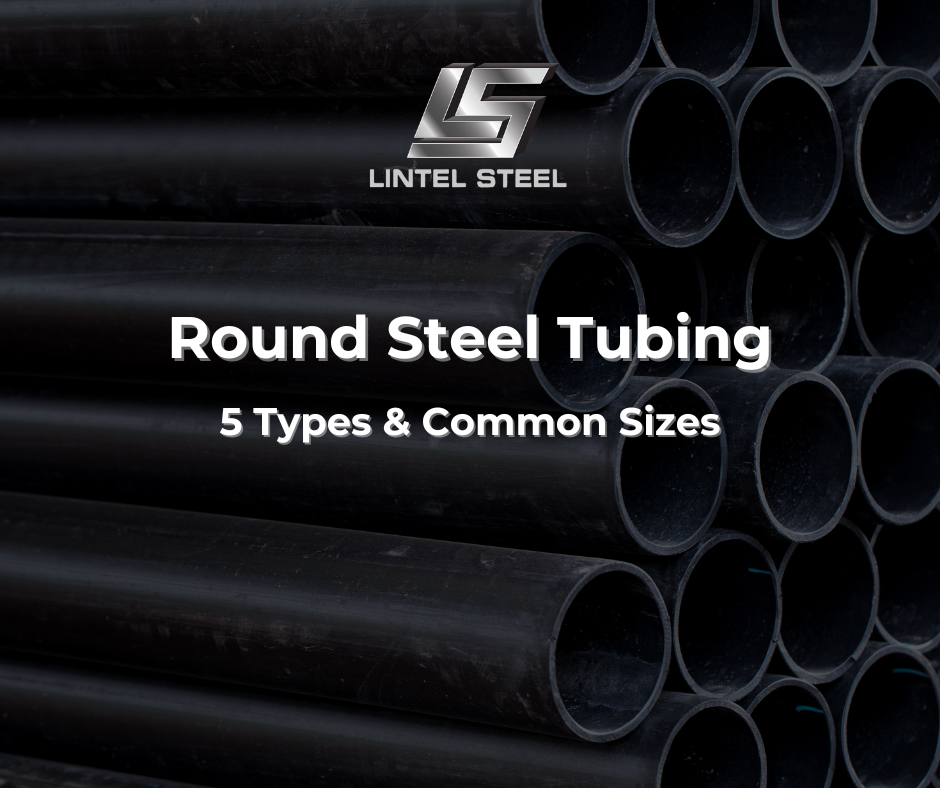Steel Frame Construction: 7 Things to Look for in a Reliable Contractor
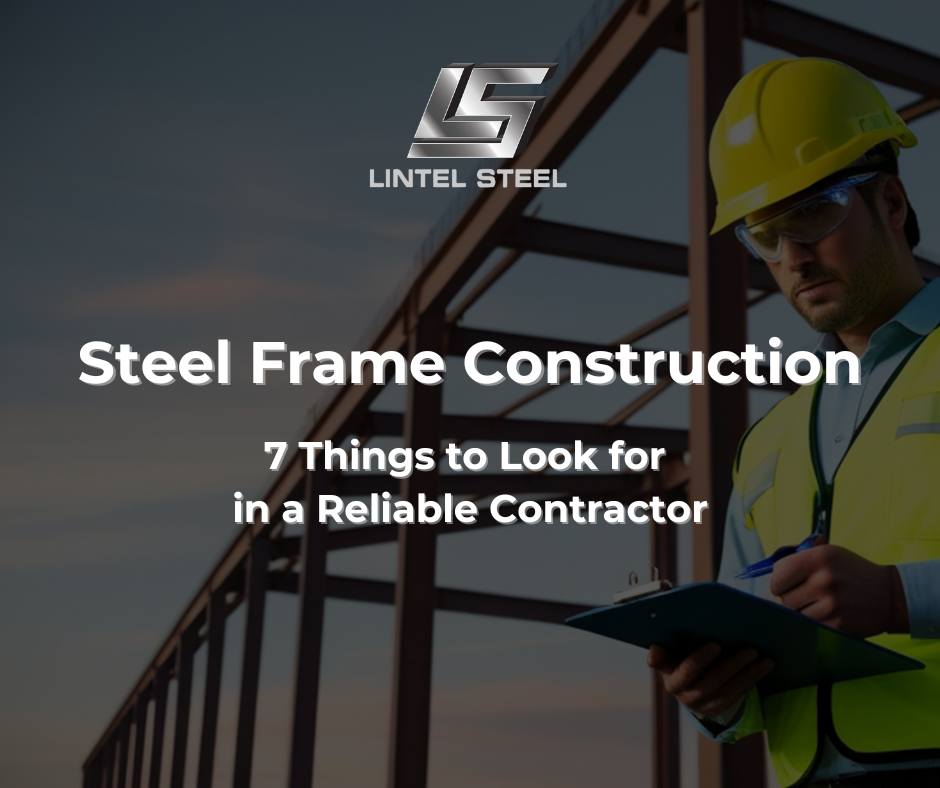
Steel frame construction is one of the most widely used building methods in modern architecture and engineering. It involves creating a structural framework made of steel columns and beams, which support floors, roofs, and walls. This technique offers superior strength, durability, and design flexibility — making it the foundation of many residential, commercial, and industrial projects worldwide.
Unlike traditional wood or concrete structures, steel frame construction delivers a higher strength-to-weight ratio, allowing for taller, larger, and more open designs without compromising safety. Whether it’s a high-rise building, warehouse, or modular home, the use of steel frames ensures long-term stability and resilience against environmental factors like wind, earthquakes, and corrosion.
Key Advantages of Steel Frame Construction
The popularity of steel frame construction lies in its many benefits that make it an efficient and sustainable choice for modern builders:
- Exceptional Strength and Durability – Steel’s high tensile strength allows it to bear heavy loads and withstand extreme conditions without cracking, warping, or shifting.
- Design Flexibility – Steel frames can be fabricated to any specification, supporting creative architectural forms, large open spaces, and adaptable layouts.
- Fast and Efficient Installation – Prefabricated steel components are easy to transport and assemble on-site, reducing construction time and labor costs.
- Sustainability – Steel is 100% recyclable and retains its quality after reuse, making it an environmentally responsible choice for sustainable building projects.
- Fire and Pest Resistance – Unlike timber, steel does not rot, warp, or attract termites, providing long-lasting protection with minimal maintenance.
Applications of Steel Frame Construction
Steel frame construction is versatile and suitable for a wide range of projects, including:
- Commercial Buildings – Office complexes, shopping centers, and warehouses benefit from steel’s strength and load-bearing capacity.
- Residential Homes – Modern homebuilders increasingly use light steel framing for its precision, energy efficiency, and clean finish.
- Industrial Facilities – Factories, workshops, and logistics centers use structural steel frames to create large, open, and durable spaces.
- Infrastructure Projects – Bridges, airports, and stadiums rely on steel frames for structural stability and long service life.
Why Choose Steel Frame Construction
Choosing steel frame construction means investing in a building method that delivers long-term value, superior performance, and adaptability to the demands of modern architecture. Beyond strength and speed, steel frame systems redefine what’s possible in both design and functionality — offering a smart, sustainable solution for today’s builders and developers.
1. Long-Term Structural Integrity
Steel has one of the highest strength-to-weight ratios of any construction material. A steel frame structure can endure heavy loads, resist deformation, and maintain its shape over time. This stability ensures that buildings remain safe and structurally sound for decades, even in harsh weather or seismic conditions.
2. Reduced Maintenance and Lifecycle Costs
Unlike timber, steel does not shrink, warp, or rot. It is also resistant to termites, mold, and corrosion (especially when galvanised or treated). This means fewer maintenance requirements over the building’s lifespan — saving owners significant repair and upkeep costs.
3. Faster Construction and Greater Precision
Steel frame construction allows most components to be prefabricated in controlled factory conditions. Once delivered to the site, these pre-cut and pre-drilled parts fit together quickly and precisely, minimizing delays caused by weather or material inconsistencies. The result is faster project completion, lower labor costs, and minimal waste.
4. Flexible Design Possibilities
Steel’s high load capacity enables architects and engineers to design open, column-free spaces, wide spans, and creative geometries that are difficult to achieve with concrete or wood. From multi-story buildings to lightweight residential homes, steel frame construction supports innovation without sacrificing strength or stability.
5. Environmentally Responsible Choice
Steel is one of the most recycled materials on earth. Using recycled steel significantly reduces the environmental footprint of new construction projects. Additionally, steel frames can be dismantled and reused at the end of a building’s life, aligning with circular economy principles and sustainable construction goals.
6. Compatibility with Modern Building Technologies
With the rise of Building Information Modeling (BIM) and digital fabrication, steel frame construction integrates seamlessly with 3D modeling and precision engineering systems. This ensures accuracy from design through installation and reduces the likelihood of costly on-site errors.
7. Enhanced Safety and Fire Resistance
Steel’s non-combustible nature provides an additional layer of safety. When properly insulated and treated, steel structures maintain their strength under high temperatures, making them more resistant to fire compared to traditional timber frames.
How Steel Frame Construction Is Different from Conventional Construction
Steel frame construction differs from conventional building methods — such as timber framing or reinforced concrete structures — in almost every key aspect: material performance, speed, design flexibility, sustainability, and long-term value. While traditional construction methods have been used for centuries, steel framing represents a major step forward in efficiency, strength, and modern engineering.
1. Material Strength and Weight
Conventional construction materials like concrete and wood rely heavily on bulk for strength, resulting in heavier structures and more foundation work. In contrast, steel frame construction achieves exceptional strength with less material. Steel’s superior strength-to-weight ratio allows builders to create lighter frameworks that still meet or exceed structural performance standards.
2. Construction Speed and Efficiency
Traditional methods often require extensive on-site labor, curing time (for concrete), and weather-dependent work. Steel frame systems, however, are prefabricated off-site in controlled environments. Once delivered, the frames are assembled quickly and precisely using pre-drilled connections — reducing project timelines and on-site disruption.
3. Design Flexibility and Architectural Freedom
Wood and concrete structures are limited by their material properties and load-bearing constraints. Steel frame construction, on the other hand, offers unmatched design versatility. It supports large spans, open floor layouts, and complex architectural forms without requiring excessive internal supports. This makes steel frames ideal for both modern commercial architecture and spacious residential designs.
4. Durability and Maintenance
Conventional materials are prone to deterioration — timber can warp, rot, or attract pests; concrete can crack over time. Steel frames, especially when galvanised or coated, resist corrosion, fire, and pests. This leads to lower maintenance costs and a significantly longer building lifespan.
5. Environmental Impact and Sustainability
In traditional construction, material waste and non-recyclable components can be substantial. By contrast, steel frame construction is highly sustainable — steel is 100% recyclable and can be reused without losing its structural integrity. Many steel-framed projects also integrate energy-efficient systems and eco-friendly insulation, reducing their environmental footprint from the ground up.
6. Accuracy and Quality Control
Conventional construction often involves manual measurements and cutting on-site, which can lead to inconsistencies. Steel frames are fabricated in factories using precise digital designs (often from Building Information Modeling – BIM). This ensures exact specifications, consistent quality, and minimal error during installation.
What to Look For in a Steel Frame Construction Agency
Choosing the right agency or contractor for your steel frame construction project is one of the most important decisions you’ll make. A qualified and experienced team ensures your project is executed safely, efficiently, and according to design standards. Here are the key factors to consider before selecting a partner for your steel frame construction:
1. Proven Experience and Portfolio
Look for an agency with a solid track record in steel frame construction projects similar to yours — whether residential, commercial, or industrial. Reviewing their past work, client testimonials, and completed projects can help you gauge their capability and reliability.
2. Technical Expertise and Engineering Support
Steel frame projects require precise engineering and fabrication knowledge. Ensure the agency has certified engineers, structural designers, and qualified welders who understand material behavior, load distribution, and construction codes. A good agency will provide detailed shop drawings, load calculations, and coordination with architects and other contractors.
3. In-House Fabrication and Quality Control
Agencies that handle steel fabrication in-house generally offer better quality control, faster turnaround times, and cost efficiency. Prefabrication in a controlled environment reduces site errors and ensures all components meet exact specifications before delivery.
4. Compliance with Standards and Certifications
Always verify that the agency complies with local and international construction standards (such as AS/NZS, ASTM, or ISO certifications). This ensures the steel frame construction meets safety, durability, and environmental performance requirements.
5. Transparent Quotation and Project Timeline
Reliable agencies provide detailed quotes outlining materials, labor, and timelines. Be cautious of bids that seem unusually low — these may indicate compromises in material quality or hidden costs later. A professional steel frame contractor will offer clear pricing and realistic project schedules.
6. After-Sales Support and Maintenance Service
Good service doesn’t end at project handover. Choose an agency that offers ongoing maintenance support, periodic inspections, or warranty coverage for structural integrity. This ensures long-term peace of mind and helps you maintain your steel frame building in top condition.
7. Communication and Collaboration
Effective communication between the client, designer, and contractor is essential. A responsive agency that keeps you updated throughout the process — from design and fabrication to installation — will help prevent misunderstandings and keep the project on track.
Steel Frame Constructor in Perth
If you are planning a residential, commercial, or industrial building project in Western Australia, finding a reliable steel frame constructor in Perth is essential. Perth’s construction environment demands structural solutions that can handle the region’s climate, meet Australian standards, and deliver long-term performance — and that’s exactly what a professional steel frame constructor provides.
1. Expertise in Local Building Conditions
A trusted steel frame constructor in Perth understands the specific challenges of local construction, including wind ratings, coastal corrosion resistance, and energy efficiency requirements. They can recommend the most suitable steel grades and protective coatings to ensure your structure remains durable and compliant with Western Australian building codes.
2. Full-Service Design and Construction
Leading Perth constructors offer end-to-end steel frame construction services, from concept design and engineering to fabrication and on-site installation. Working with one team streamlines communication, improves project accuracy, and ensures your design vision is fully realized.
3. Commitment to Quality and Safety
Reputable steel frame constructors in Perth prioritize quality materials, advanced welding and fabrication techniques, and strict safety standards. Their teams typically include experienced engineers, project managers, and certified welders who ensure every connection, joint, and beam meets industry compliance and durability requirements.
4. Custom Solutions for Every Project
Whether it’s a modular home, warehouse, commercial unit, or architectural build, a professional steel frame constructor in Perth can tailor designs to meet your project’s structural and aesthetic goals. They can also provide guidance on cost optimization, sustainability features, and energy-efficient solutions using local materials.
5. Local Support and After-Service
Working with a Perth-based constructor means ongoing support after project completion. Local teams are accessible for inspections, maintenance, or future modifications — giving you confidence that your investment will remain secure and well-maintained for years to come.
Build with Confidence – Partner with Lintel Steel
At Lintel Steel, we’ve been a trusted steel frame constructor in Perth for over 11 years, delivering precision-engineered steel solutions for residential, commercial, and industrial projects. Our experienced team handles every stage — from design and fabrication to on-site installation — ensuring strength, accuracy, and long-term reliability in every structure we build.
Whether you’re planning a new home, warehouse, or large-scale development, Lintel Steel combines local expertise with advanced construction technology to meet your project’s unique needs. We pride ourselves on fast turnaround times and transparent service — providing free, no-obligation quotes within 48 hours.
Choose Lintel Steel and build with confidence, knowing your project is supported by Perth’s proven steel frame specialists.
You can find out more about us at our Fanpage Lintel Steel.

